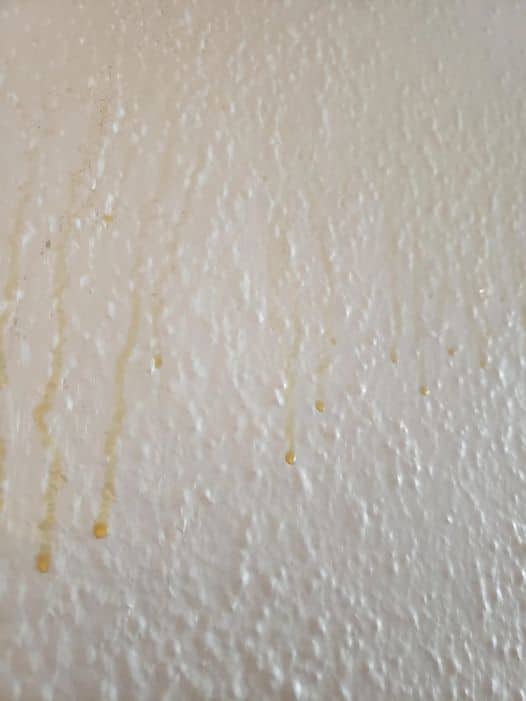After the Unforgettable Pink Slime Incident at My Grandparents’ House: How I Became Hyper-Aware of Mold in Bathrooms
Ever since that unforgettable episode with pinkish slime in my grandparents’ bathroom, I’ve become more anxious about mold and similar nuisances. If you’ve ever faced mold, you know it’s not something you want lingering on your bathroom walls—both for aesthetic reasons and the health risks it poses.
Bathrooms: A Perfect Breeding Ground for Mold
Bathrooms, by nature, are damp and steamy environments, even when cleaned regularly. It’s tough to keep up with daily wall scrubbing, especially with the demands of work, family, and a social life. Unfortunately, this makes them the perfect place for mold to thrive.
After my run-in with pink mold—an issue I managed to resolve with research and effort—you can imagine my concern when a friend mentioned yellow stuff dripping down her bathroom walls. My immediate thought was mold, and I knew I had to find out what it was.
Understanding Mold and Its Dangers
Mold is a fungus that thrives in moist environments, spreading through airborne spores. When these spores land on a damp surface, they grow, leading to potential health issues like respiratory problems, allergies, and more severe conditions if left unchecked. This is why it’s essential to monitor your bathroom for signs of mold growth.
When and Where Does Mold Occur?
Mold flourishes in warm, moist spaces—exactly like a post-shower bathroom where steam and condensation create the ideal conditions. Without proper ventilation, this moisture lingers, often leading to mold growth in corners, around plumbing fixtures, or on walls and ceilings.
Preventing and Tackling Mold
The best way to prevent mold is by controlling moisture. Proper ventilation—such as opening a window or using an exhaust fan during and after showers—can make a huge difference. Regularly cleaning and drying surfaces that tend to stay damp also helps prevent mold.
But what if mold has already appeared? Immediate action is crucial. For non-porous surfaces, a bleach and water solution can be effective, though alternatives like vinegar or hydrogen peroxide work well for those sensitive to chemicals. Remember to wear gloves and a mask to protect yourself from harsh substances and mold spores.
Identifying the Yellow Substance
So, what was causing the yellow drips on my friend’s walls? It could be a few things:
Nicotine Residue: If someone previously smoked in the space, nicotine stains might be seeping through the paint, especially in humid conditions.
Soap Scum and Hard Water Deposits: Frequent splashes from soap and mineral-rich water can leave yellowish stains over time.
Mold and Mildew: Some molds start out yellow, so this is a possibility.
Oxidized Paint: Sometimes, paint reacts with moisture, leading to yellow drips.
Removing the Yellow Stains
Each cause has its own solution:
Nicotine Residue: A mixture of vinegar and water can clean these stains. For stubborn areas, adding baking soda can help.
Soap Scum and Hard Water Deposits: A descaling agent or vinegar solution should work. Regular applications may be necessary to keep these under control.
Mold and Mildew: As mentioned, bleach or vinegar can help, but be sure to ventilate the area well during cleaning.
Oxidized Paint: Repainting might be needed, but using a stain-blocking primer can prevent future issues.
Preventive Measures
To avoid these problems, keep your bathroom clean and dry. Regular cleaning, good ventilation, and possibly a dehumidifier in particularly damp environments can make a big difference.
I do my best to maintain my home, and if the situation becomes unmanageable, it’s never too late to call in professionals. By staying vigilant and following these tips, you can keep your living space clean, safe, and healthy.

